The Monstera plant, also known as the Swiss Cheese Plant, is an easy-to-grow tropical climber, native to the rainforests of Central America. They have glossy large heart-shaped leaves, that have holes in them. Due to their interesting appearance, they are preferred in designer spaces to elevate the aesthetics of the space.
There are many reasons to own the Swiss Cheese Plant
Factors to own Monstera | Monstera Care | Common Problems | Planter Recommendation
Factors to own a Swiss Cheese Plant
Click on the image to buy
- Low maintenance: Monstera plants are relatively low maintenance and can survive in a variety of conditions. They are drought-tolerant and can go a long time without water, making them a good choice for people who may not have a lot of time to care for their plants.
- Air purification: Monstera plants have been shown to be effective at removing toxins from the air, making them a great choice for improving the air quality in your home.
- Adaptability: Monstera plants can thrive in a variety of lighting conditions, from low to bright indirect light. They can also tolerate a wide range of temperatures, making them a good choice for a variety of homes and offices.
- Aesthetically pleasing: Monstera plants have large, distinctive leaves with unique holes and slits that give them a tropical, exotic look. They can add a touch of greenery and visual interest to any room.
(back to top)
Caring for Your Monstera Plant
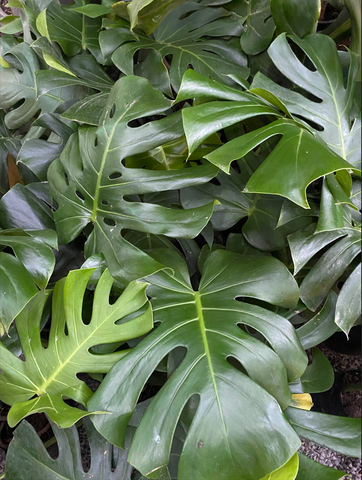
Considering getting yourself a Monstera? Here’s everything you need to know about its maintenance.
Light: The Monstera prefers to be under bright, indirect light. Since this is a tropical plant, it usually receives indirect sunlight under large trees. Under low light, your plant may grow slowly, and under direct sunlight, the leaves may get scorched. If you notice yellow leaves, then it could be a sign of insufficient light, so keeping it next to the window will help in getting the required light.
Water: This plant likes to be in moist soil (not wet!), so only water the plant when the top soil feels dry to the touch. Yellow leaves could be a sign of over-watering.
Soil: Choose a well-draining soil for your Monstera. A mix of potting soil, perlite, and cocopeat would do wonders for your plant. Pick a planter with drain holes, so that water does not stand still at the bottom of the planter for long periods.
Temperature: Being a tropical plant, the Monstera grows well in warm conditions with good humidity. It is not a fan of the cold weather, so keep it away from vents or cold drafts of air. Sudden drops in temperatures could also be detrimental to your plant. A warm and humid environment keeps your Monstera happy.
Fertilizing: Monstera plants in India grow pretty quickly and do not need a lot of plant food. You can fertilize these plants during spring and summer, that too just once per month. During the dormant season (fall and winter), you can skip fertilization altogether.
Repotting: These plants do not need to be repotted frequently, just once every two to three years. When repotting, choose a planter that is only slightly larger than the current one and use a well-draining potting mix. If you don't want the plant to grow any further you can keep pruning it to your desired size, keeping its growth in check.
Pruning: Monstera plants can be pruned to maintain their size and shape or to remove any damaged leaves. Use a clean, sharp pair of pruning scissors to make precise cuts without damaging the plant.
Propagation: They can be easily propagated from stem cuttings. To do this, cut a stem with at least one leaf node (the point where a leaf attaches to the stem) and remove the lower leaves. Place the cutting in a jar of water or a planter filled with moist soil and keep it in a warm, well-lit location. You could also wait for the Monstera to grow air roots and cut off the stem below the air roots to propagate.
(back to top)
Common Problems of a Monstera in India
Click on the image to buy
Your Monstera could run into a few problems, some of which are listed below -
- Overwatering: Monstera plants are susceptible to root rot if they are watered too frequently or left in standing water. To avoid this, make sure to allow the soil to dry out somewhat between waterings, and make sure the plant is in a well-draining pot.
- Underwatering: The monstera plants prefer to be in moist soil, similar to what you would find in rainforests. If the soil is allowed to dry out completely, the plant can become wilted and distressed. Make sure to water your Monstera regularly but avoid overwatering as well.
- Poor lighting: Monstera plants prefer bright, indirect light. If the plant is not getting enough light, it may become leggy or start to yellow. Make sure to place your Monstera in a location where it gets plenty of indirect sunlight.
- Pest infestations: Like any other houseplant, Monstera plants are prone to infestations by pests such as mealybugs, aphids, and scales. If you notice any of these pests on your plant, use a neem oil spray, or your preferred organic insecticide to keep these pests at bay.
The key to keeping a healthy Monstera plant is to provide it with the proper care it needs, including the right amount of water, light, and nutrients.
(back to top)
Recommended Planters for your Monstera
Discover more planters for your Monstera

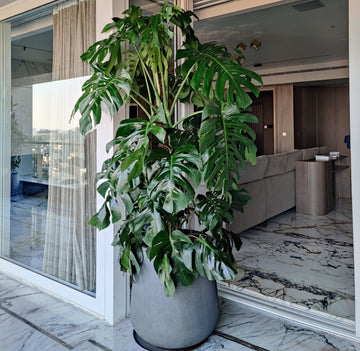

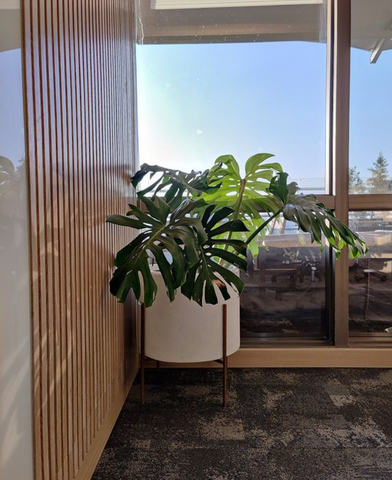
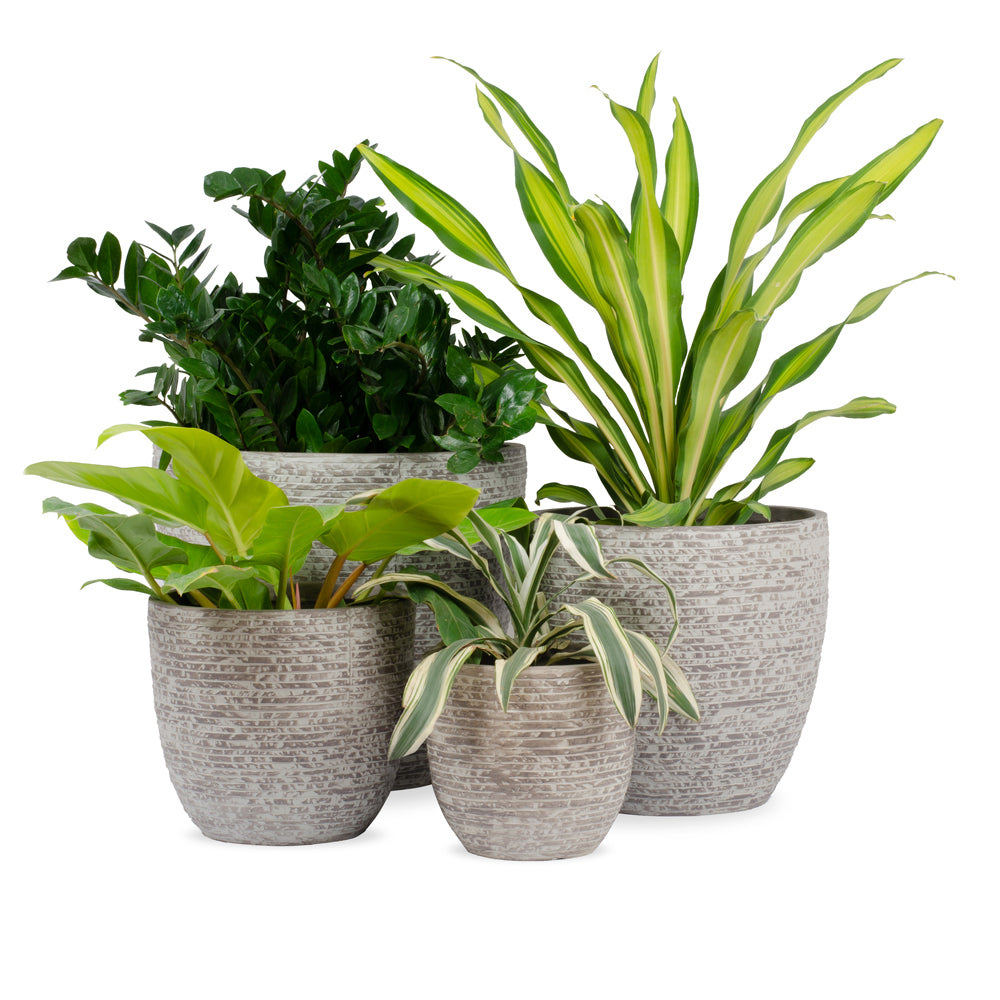
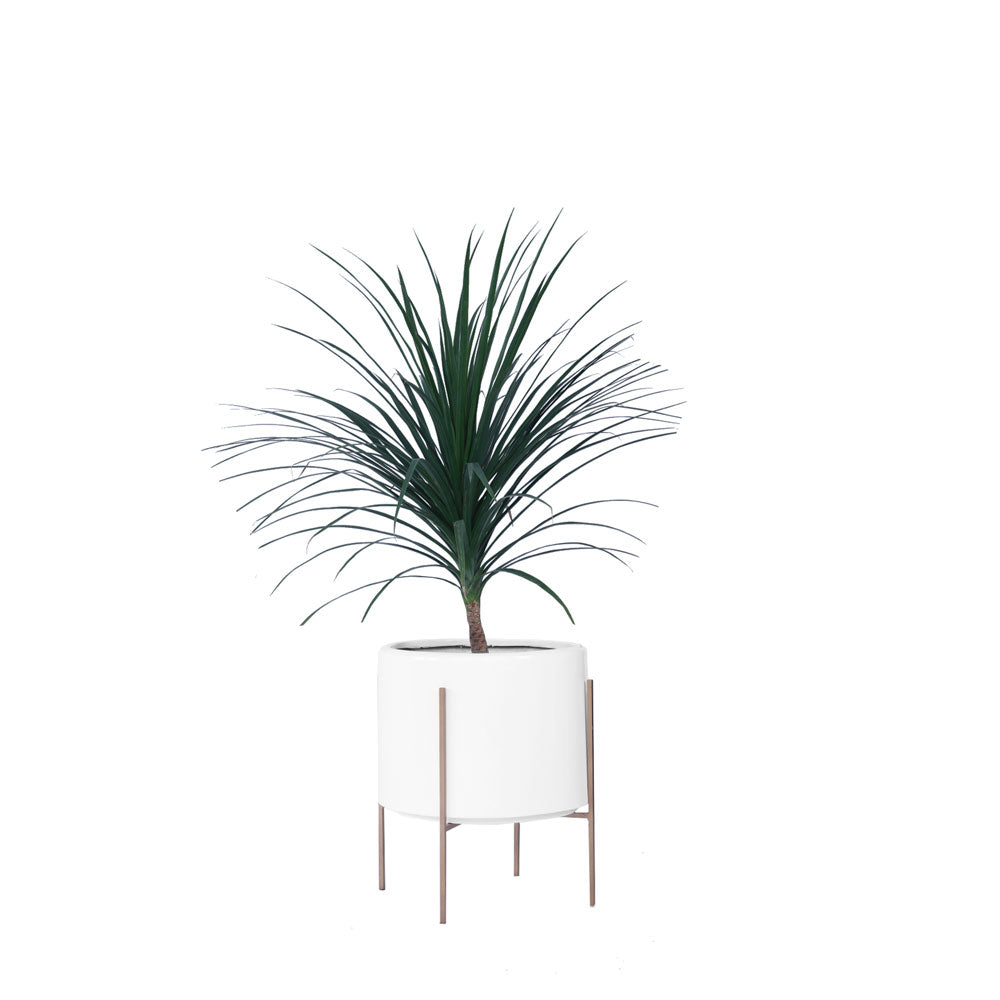
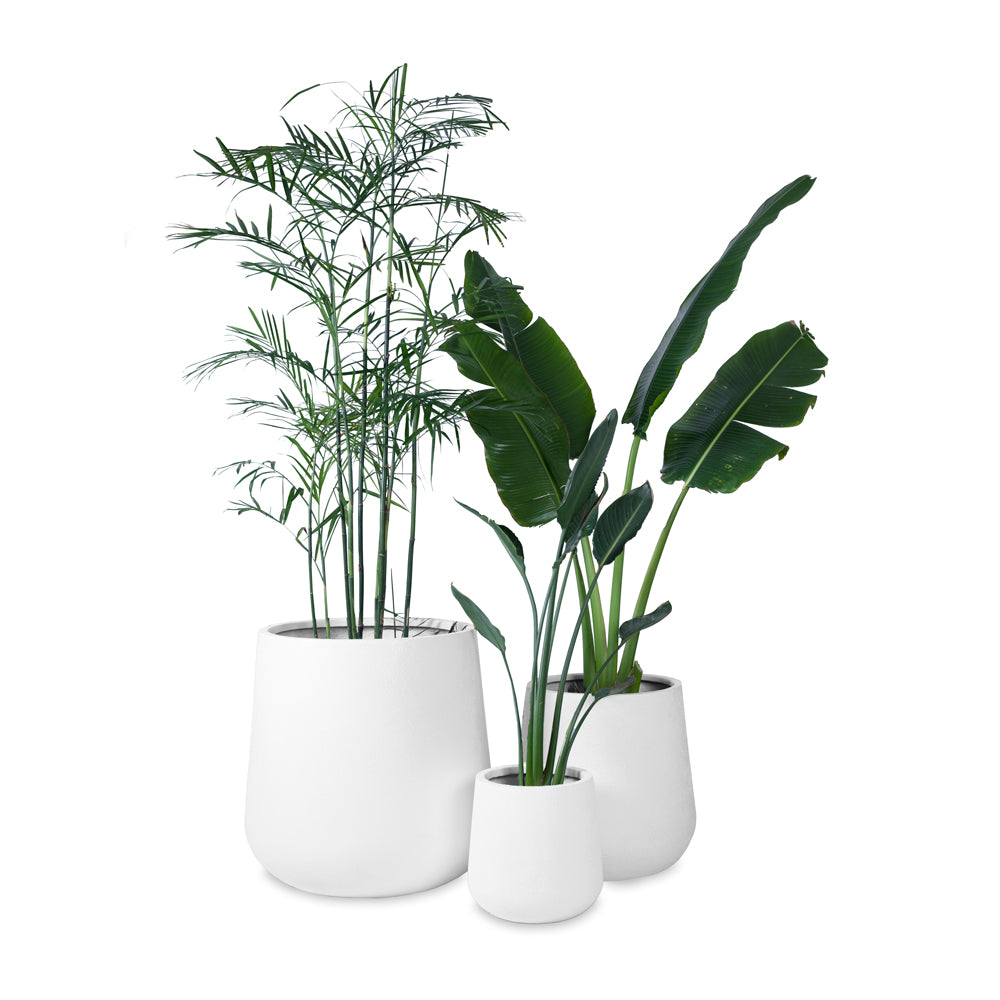
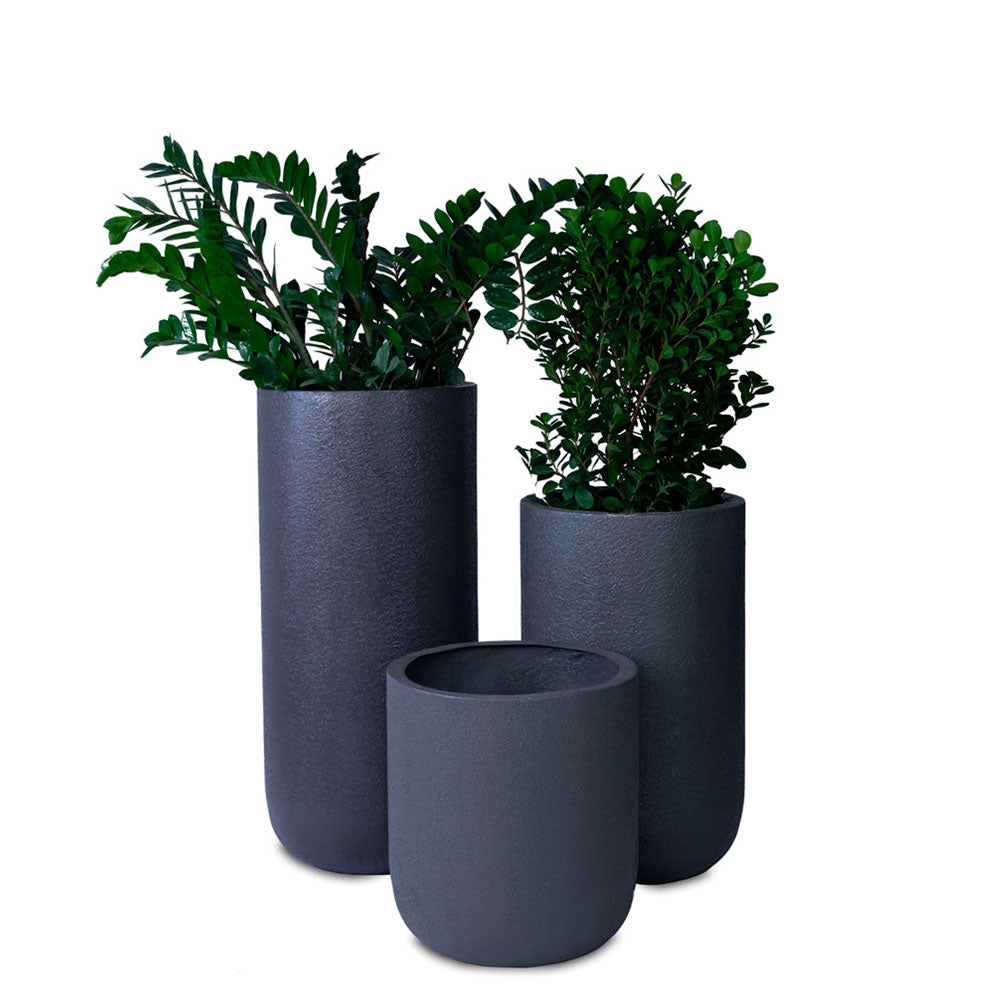

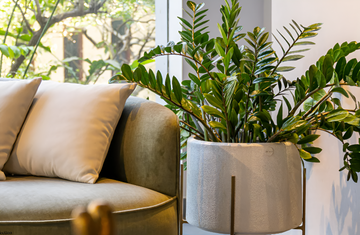

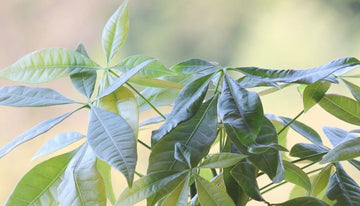
 At Palasa, we believe in the seamless fusion of nature, design and humanity.
At Palasa, we believe in the seamless fusion of nature, design and humanity.